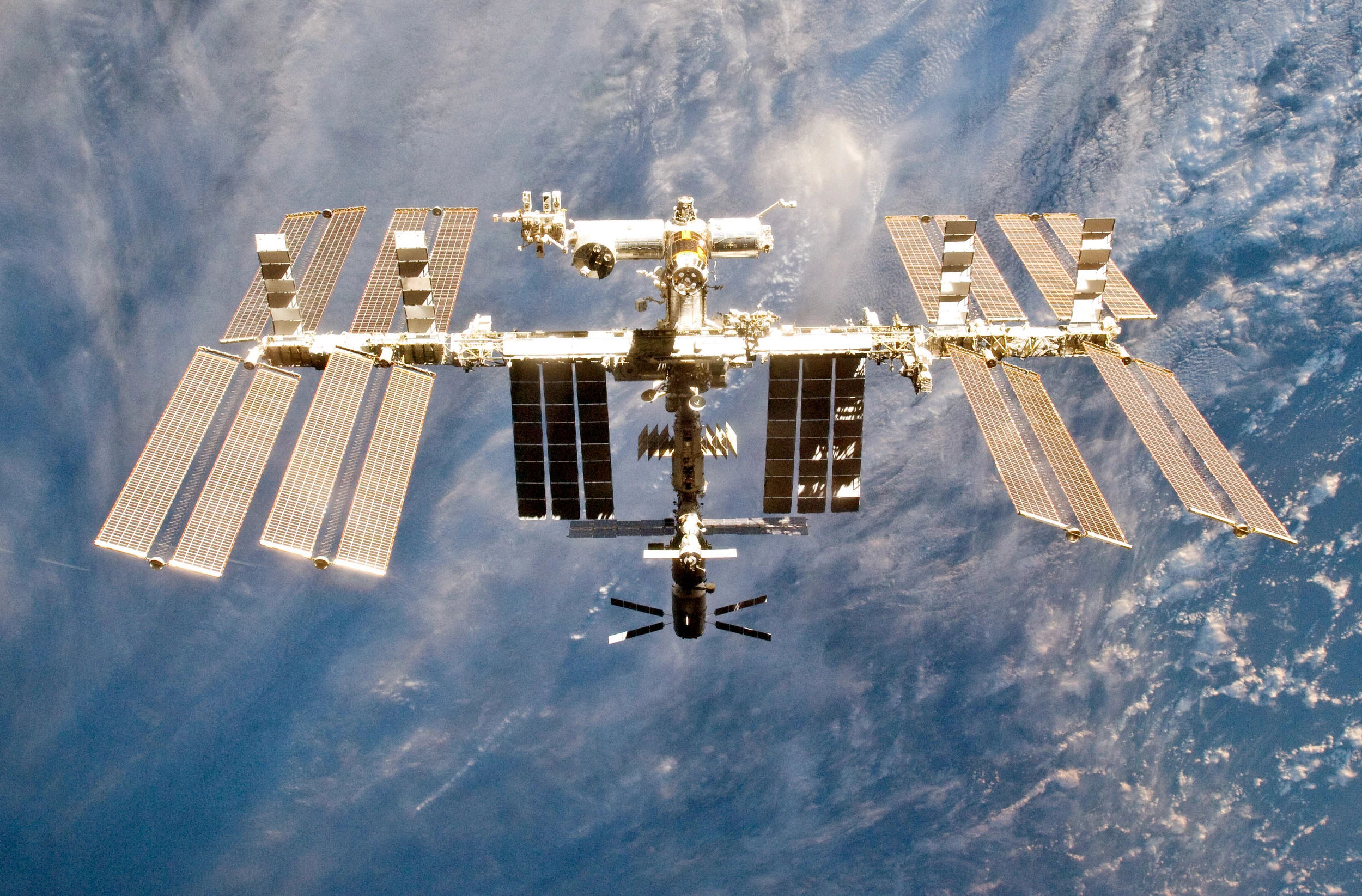
/cloudfront-us-east-1.images.arcpublishing.com/gray/4YOXY5JTN5IWXMJLK2QL7AWWCY.jpg)
Europe has provided the Bartolomeo external platform, built by Airbus, for this purpose in 2020. Increasingly, industry-motivated research and commercial experiments are entering the field, especially in the US. Among other benefits, these developments could help make satellite navigation even more precise in future. Long-term experiments on ultracold atoms, which are only possible in this form on the ISS, will also advance the development of state-of-the-art integrated circuit technology, miniaturised laser modules and high-precision clocks and sensors. This should result in technological progress in the production of semiconductors, modern drives, valves and shock absorbers. The behaviour of plasma is also being studied on the space station to expand our understanding of this state of matter. This leads to lighter aircraft and cars with lower fuel and energy consumptions – for the clean mobility of tomorrow. Melting experiments in the Electromagnetic Levitator (EML) on the ISS are used to achieve progress in industrial casting and production processes for metal and alloy melts, for example for new types of aircraft turbine blades and engine casings. The results can contribute to a more effective use of concrete. This requires a better understanding of curing, the complex mechanisms of which are being investigated without disruptive gravitational influences and with different sample compositions. A reduction in CO2 emissions is necessary at several stages of the process chain in order to produce this building material on Earth in a more climate-neutral way in the future. Experiments with concrete are also conducted on the ISS. This has a major economic impact because granulates such as sand or grain are the most processed goods after liquids. The behaviour of granulates in microgravity is being studied to improve industrial processes and facilities on Earth. Another goal is to derive insights from this human-machine interaction for robotic production within the framework of Industry 4.0, for medicine and care as well as for the education sector. This helps to ensure that the valuable time on the station can be used even more efficiently. Spin-offs from space that lead to applications on Earth are also made possible using digital assistance systems for the ISS crew, this includes an assistant equipped with artificial intelligence that supports astronauts in their daily work. The information obtained helps to draw conclusions about climatic changes on Earth. Equipped with small transmitters, these animals transmit data about their migratory behaviour to the ISS. Scientists use the sensitivity of birds and bats to detect changes in the climate and impending natural disasters. Thanks to research on the ISS, an effective antidote has been found in the form of cold plasma.Įnvironmental and climate conditions can also be studied from the ISS. Furthermore, the treatment of infections with antibiotic-resistant germs is being studied in the field of space medicine. Stress-induced weakening of the immune system is also being researched as a prerequisite for new preventive and therapeutic treatments. The findings will lead to improved rehabilitation and exercise programmes on Earth to combat muscle atrophy and osteoporosis. Fundamental biomechanical properties of astronauts' skeletal muscles are monitored to study changes due to lack of gravity. Through research in space, we are increasing our understanding of diseases. Some examples of how research on the space station helps to improve our lives on Earth: On the ISS, the major spacefaring nations are jointly developing solutions for the global challenges facing our society, such as healthcare, the environment and climate change, as well as digitalisation, Industry 4.0, energy and the mobility of tomorrow.

The ISS also drives innovation for new industries and technologies such as laser communications, robotics and sensor technology.

Experiments on the ISS also prepare for future astronautical exploratory missions to the Moon or Mars. In microgravity, we gain unique insights into fields ranging from astrophysics and materials research to psychology and medicine. The International Space Station (ISS) is humanity's largest outpost in space – an orbiting laboratory with excellent opportunities to conduct fundamental and applied research.


 0 kommentar(er)
0 kommentar(er)
